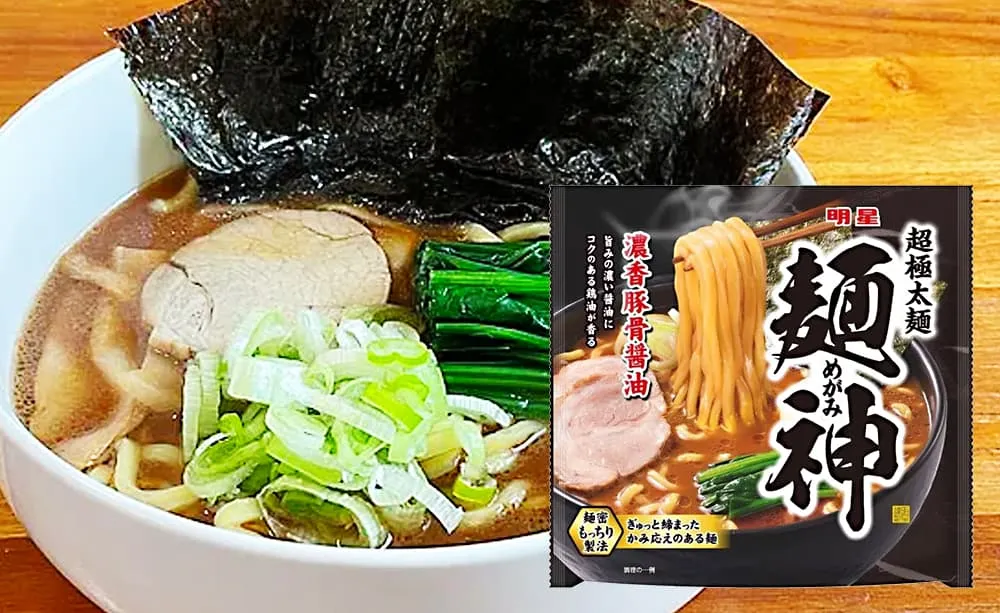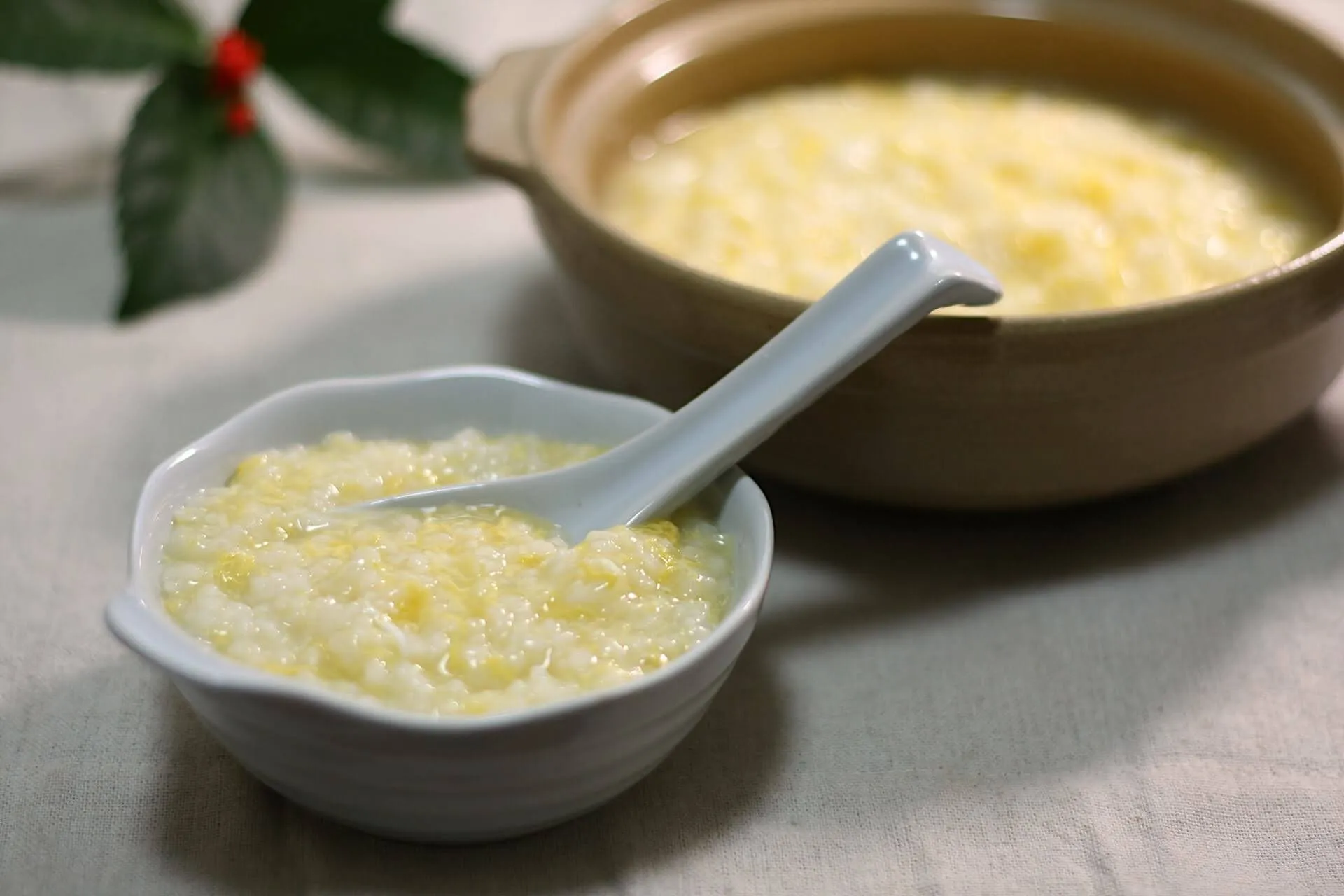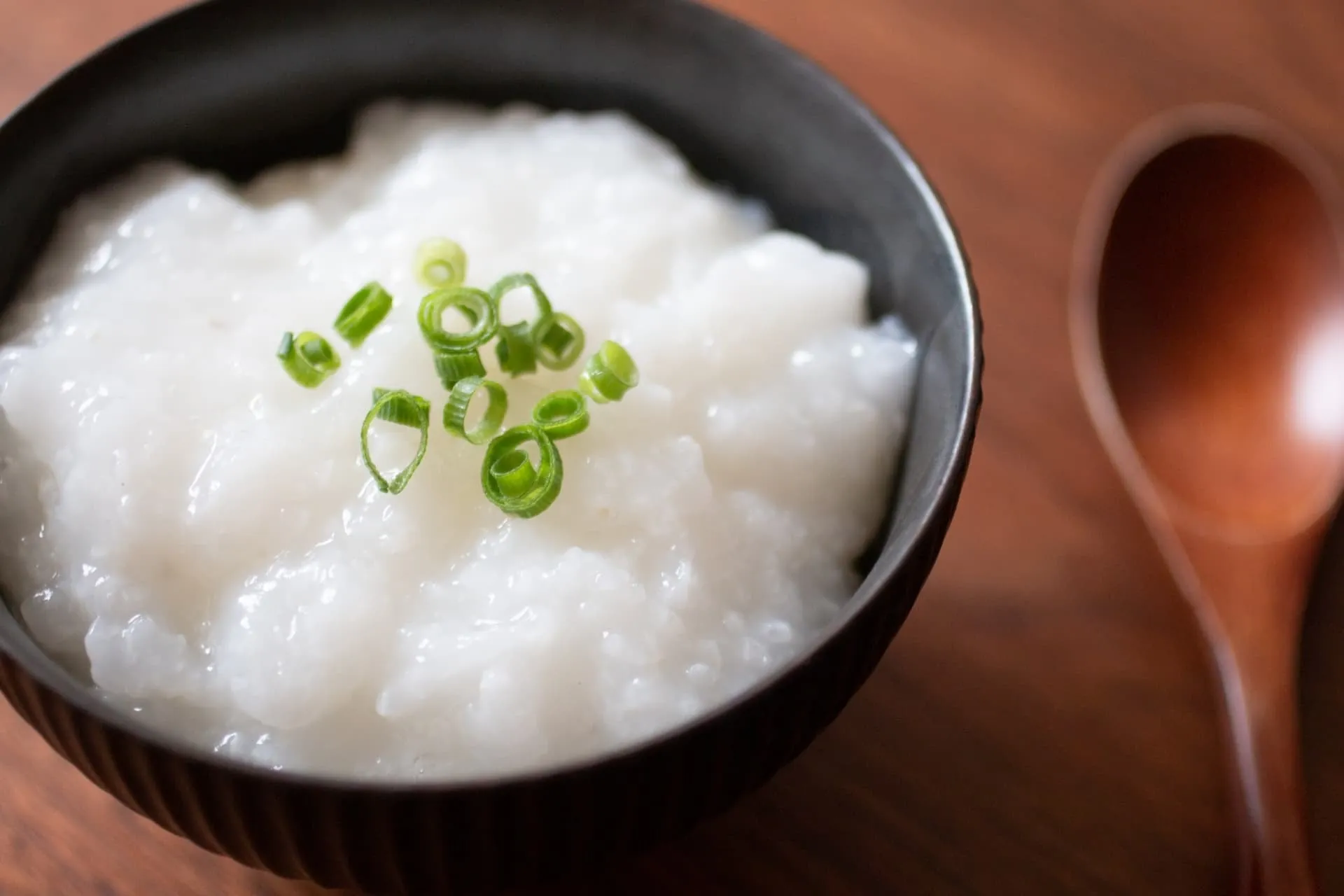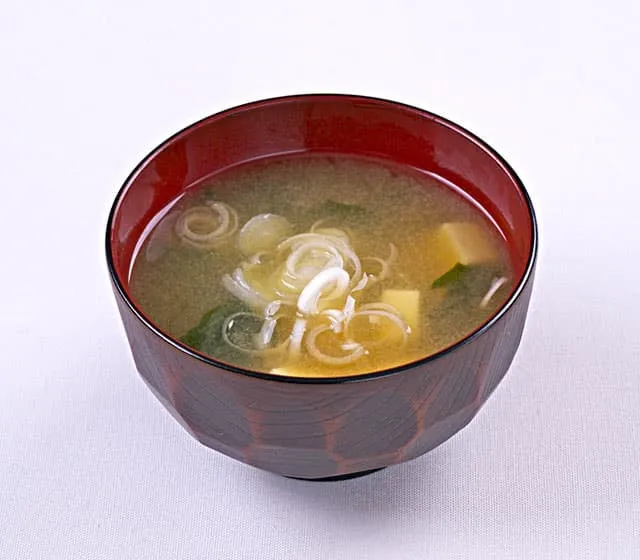- You have no items in your shopping cart
- Subtotal: $0.00

What is Yakitori?
Yakitori is a casual Japanese dish consisting of bite-sized pieces of chicken skewered on bamboo sticks and grilled. There are more than a dozen varieties of yakitori, including Negima, Tsukune, and Sunagimo (gizzard).
The main seasoning is tare or salt.
Yakitori restaurants vary in seasoning by region.
Generally, eastern areas such as Tokyo and Nagoya are usually seasoned with tare, while western areas such as Osaka and Kyoto are often seasoned with salt.
The bite-sized pieces are easy to eat and go very well with beer or sake.
It is not only chicken.
Chicken Yakitori is not only chicken. Some are make with pork or beef. Wrapping pork with cheese or other ingredients is another good way to eat yakitori.
Yakitori can be make at home, so why not create your own original yakitori menu?
Types of Yakitori
The following is a list of typical yakitori menu items. There are many types of yakitori, and each restaurant may call them slightly differently.
Here we introduce the standard menu items that everyone is familiar with.

Negima ねぎま
Negima is a type of yakitori in which chicken and green onions are alternately skewered. The juicy flavor of the chicken and the refreshing taste of the green onions are well-balanced, making it a popular yakitori menu item among foreigners.

Tsukune つくね
Tsukune is make by mixing ground chicken meat and seasonings and molding it. It is often use in Japanese cuisine other than yakitori.
It is very soft and easy for even children to eat.

Sasami ささみ
Sasami is the lowest fat, highest protein chicken meat. It is tender and easy to eat, but its low fat content may make it seem a little bland. For this reason, we recommend serving it with wasabi, miso, or cheese.

Kawa 皮
Chicken skin, which is call Kawa or ToriKawa in yakitori, is a yakitori menu item that deals only with the skin part of the chicken. The characteristic of chicken skin is that it can be crispy or sticky depending on how it is cook. It is very popular.

Sunagimo 砂肝
Sunagimo is popular for their firm, crispy texture. For gizzards, simply seasoning them with salt and pepper instead of sauce is delicious enough.

Momo もも肉
Thighs are call Futomoto in Japanese.
It is call Momo in short because it is the meat of the thigh of the bird.
Momo is moderately tender and is a typical yakitori dish. The meat is thick and firm, and when you bite into it, the juices filled with flavor overflow. It is so tender that even small children can eat it.

Tebasaki 手羽先
Tebasaki is not only for yakitori. It has crispy skin and plump, juicy meat. In Nagoya, fried chicken wings are eaten with sauce.

Reba レバー
Liver has a very rich flavor and a unique texture, which can be clearly divided into likes and dislikes. The texture is similar to foie gras.
In Japanese, it is call reba.

Bonjiri ぼんじり
Bonjiri is the triangular piece of meat at the end of the tail with the chicken tail feathers. It is also call “bonjiri,” “ponpochi,” “sankaku,” or “tail” depending on the region or restaurant. It is also called “chicken toro” (chicken fat), and is a rare part that can only be obtained in very small quantities.
Other types
Other dishes include grilled green peppers, Shishito peppers and shiitake mushrooms, bacon-wrapped asparagus, and even cold raw cucumbers. There are also a variety of other dishes such as bacon wrapped asparagus, cold raw cucumbers, and more.
Types of Chicken Yakitori Seasoning
Usually Yakitori is season with sauce or salt. Depending on the restaurant, you may choose between tare and shio. Ordering units vary from store to store; some stores charge for a minimum of five pieces of one type of yakitori, while others charge for as little as one piece.
The cost per bottle is about 100 yen. Since it is a casual dish, it is best to eat it with your hands. Rarely, some people use a splittable chopstick to remove the meat, but the best way to eat yakitori is to eat it with your hands.








